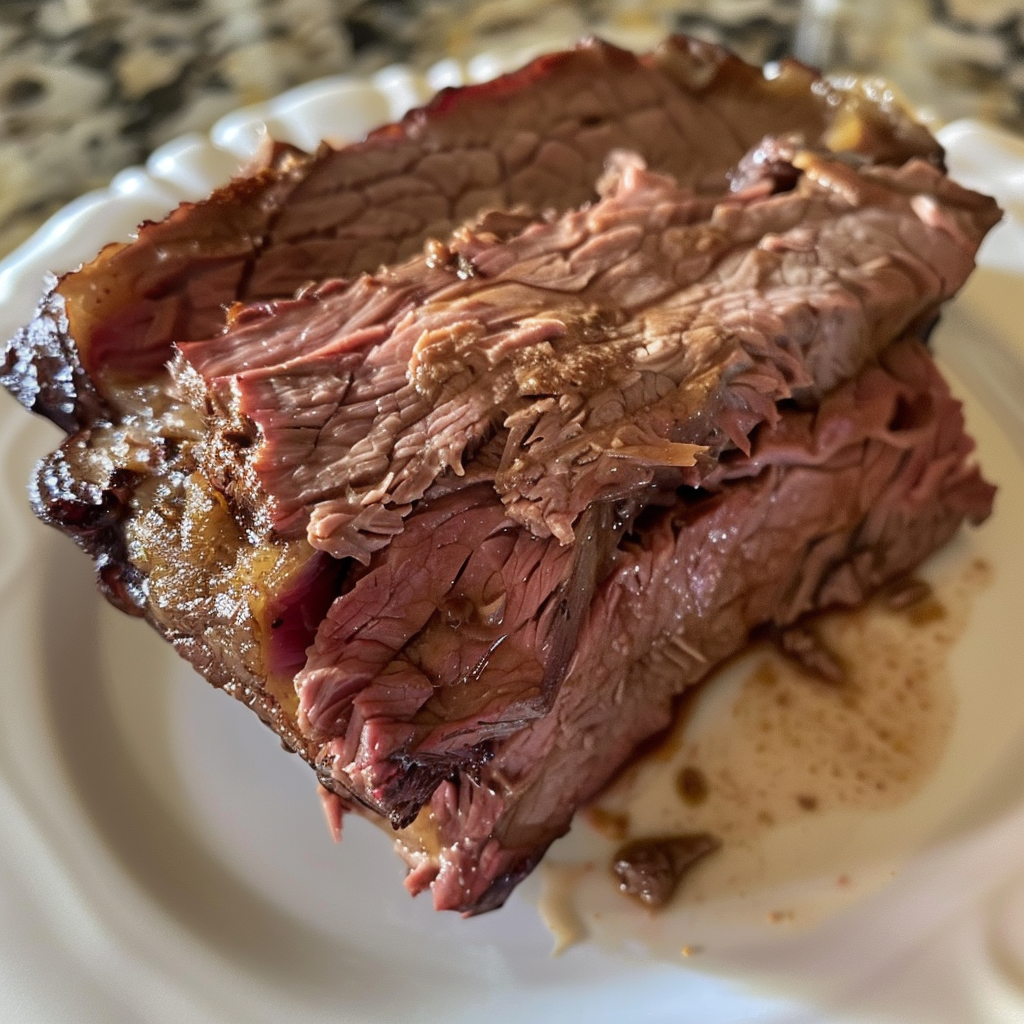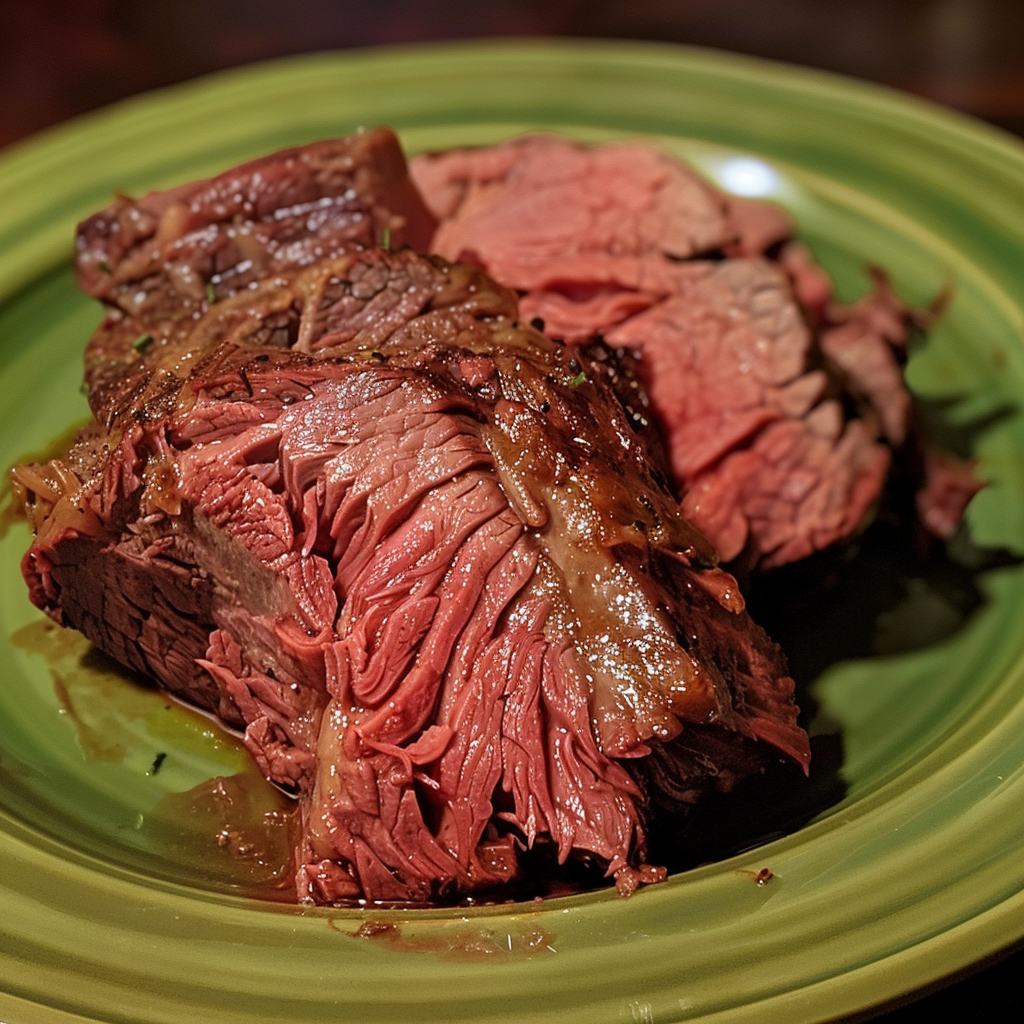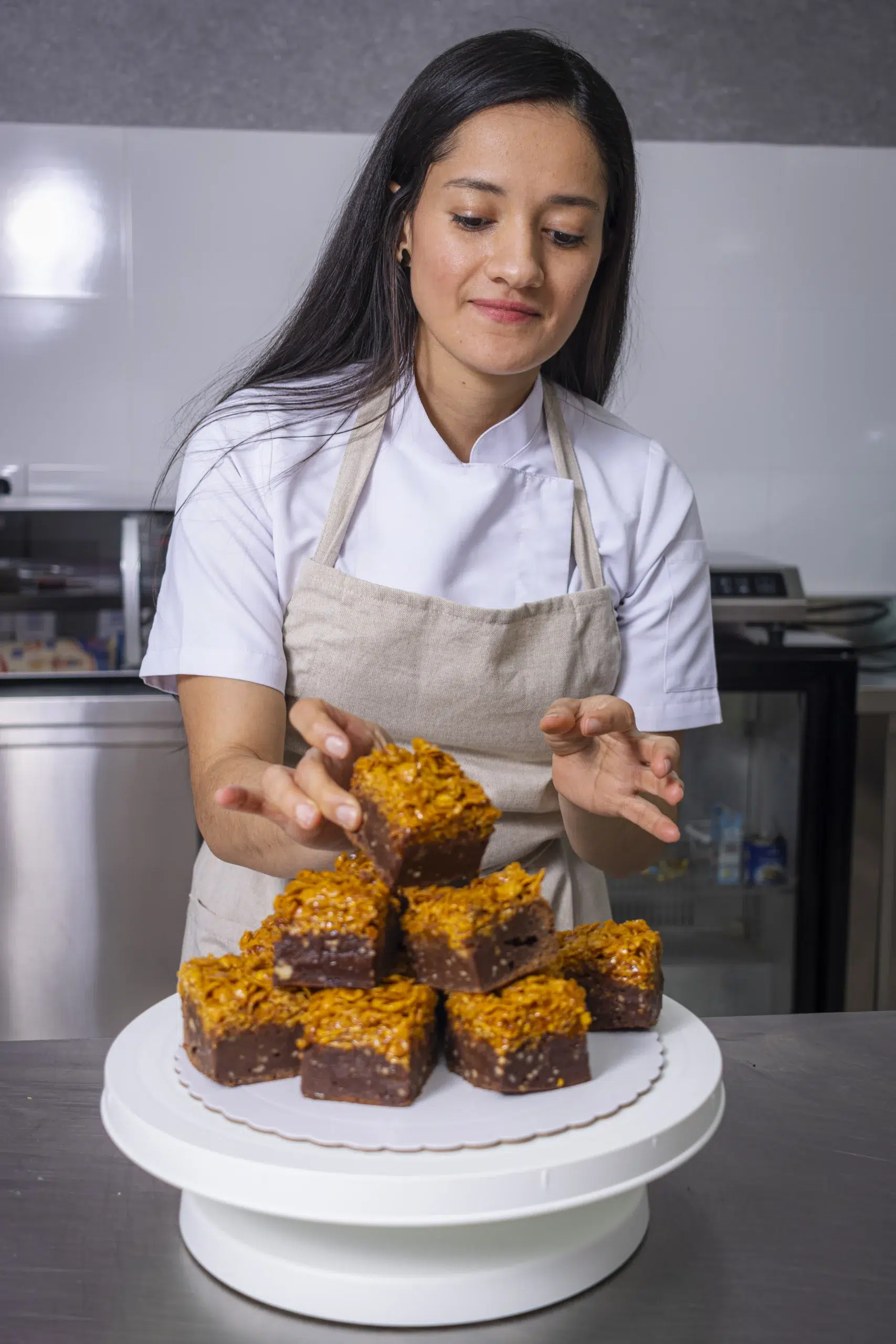Understanding Meat Tenderness and Cooking Time
When embarking on the quest to prepare the perfect chuck roast, understanding the relationship between cooking time and meat tenderness is crucial. Below we explore the factors that contribute to meat tenderness and specifically how they apply to cooking chuck roast.
What Makes Meat Tender?
Tenderness in meat is predominantly determined by the type and amount of connective tissue, the muscle fiber density, and how the meat is cooked. Connective tissues, mainly consisting of collagen, have a significant impact on tenderness. In cuts like chuck roast, which come from the heavily exercised shoulder area of the cow, there is an abundance of collagen.
This connective tissue can make the meat tough if not handled correctly. However, when cooked slowly over a prolonged period, the collagen breaks down into gelatin through a process of slow moist heat, transforming the tough connective tissues into a succulent, tender texture. This breakdown occurs optimally at temperatures between 160°F and 205°F (71°C to 96°C). Optimal meatloaf cooking temperatures and techniques.
Moreover, the muscle fibers themselves also affect tenderness. Muscles that do less work (like the loin) are typically more tender than those that do more work (like the shoulder). However, proper cooking can tenderize even the tougher cuts. Methods like slow roasting or braising are particularly effective as they allow heat to penetrate deeply and evenly.

The Science of Cooking Chuck Roast
Cooking chuck roast is an art that leans heavily on science… Discover the best cooking method for chuck roast here. particularly the science of slow cooking. This process involves cooking the roast at low temperatures for extended periods, allowing the heat to gently break down the collagen into gelatin.
The key to perfectly tender chuck roast lies in maintaining a consistent low temperature over many hours. This gentle cooking process not only breaks down tough tissues but also preserves the moisture within the meat, preventing it from drying out. Typically, a chuck roast is cooked using methods such as braising, slow roasting, or using a slow cooker.
Thermal degradation of collagen starts to occur at about 160°F, but the real transformation happens between 180°F and 200°F (82°C to 93°C). It’s in this temperature range that collagen dissolves into gelatin at an accelerated rate, imbuing the roast with moisture and making it extremely tender.
Another scientific aspect to consider is the Maillard reaction, a chemical reaction between amino acids and reducing sugars that gives browned food its distinctive flavor. This reaction only occurs at higher temperatures, around 300°F (149°C). Therefore, many cooks will sear the chuck roast at a high temperature before slow cooking it to add flavor while ensuring tenderness through slow cooking.
Understanding these scientific principles can help anyone transform a tough chuck roast into a melt-in-your-mouth masterpiece through careful, slow cooking. By respecting the nature of the meat and the science behind cooking it, you can achieve perfect tenderness every time.

Does Chuck Roast Get More Tender the Longer You Cook It?Chuck RoastDoes Chuck Roast Get More Tender the Longer You Cook It?
- Total Time: 4 hours 15 minutes
- Yield: Serves 6
Description
Discover if chuck roast gets more tender the longer you cook it, and learn the perfect time, temperature, and tips for a juicy, flavorful roast.
Ingredients
- 3–4 lbs chuck roast (boneless or bone-in)
- 2 tbsp olive oil
- 1 tsp salt
- ½ tsp black pepper
- 1 tsp garlic powder
- 1 tsp onion powder
- 1 cup beef broth
- ½ cup red wine (optional)
- 2 sprigs fresh thyme
- 2 bay leaves
- 2 large onions, quartered
- 3–4 large carrots, chopped
- 4 potatoes, cut into chunks
Instructions
- Preheat & Prep: Preheat oven to 325°F (163°C). Pat the chuck roast dry and season with salt, pepper, garlic powder, and onion powder.
- Sear the Meat: Heat olive oil in a large skillet over medium-high heat. Sear roast on all sides until browned (3–4 minutes per side).
- Prepare Braising Liquid: In a roasting pan or Dutch oven, add beef broth, red wine (optional), thyme, and bay leaves.
- Add Vegetables & Roast: Place onions, carrots, and potatoes in the pan. Lay the seared roast on top.
- Cover & Cook: Cover tightly with a lid or foil. Cook in the oven for 3–4 hours (or 1 hour per pound) until internal temperature reaches 190°F–205°F and meat is fork-tender.
- Rest & Serve: Remove from oven, cover loosely, and rest for 20 minutes before slicing.
Notes
- Slow Cooker Method: Cook on low for 8 hours or high for 4–5 hours until tender.
- Make-Ahead Tip: Chuck roast can be cooked a day ahead; reheat gently in its juices.
- Storage: Store leftovers in an airtight container for up to 3 days or freeze for up to 3 months.
- Prep Time: 15 minutes
- Cook Time: 4 hours
- Category: Main Dish
- Method: Braising
- Cuisine: American










